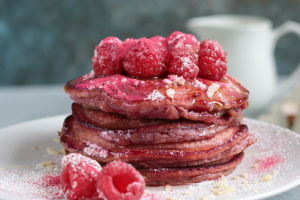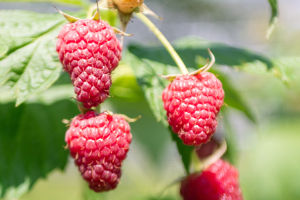Bread, a staple food consumed worldwide in various forms, has a rich history dating back thousands of years.
Despite its simplicity in ingredients—primarily flour, water, yeast, and salt—the process of making bread is an intricate dance of chemistry and craftsmanship.
Let's delve into the fascinating journey of how bread is made, from grain to loaf.
1. Selection of Ingredients
The journey of bread begins with the careful selection of ingredients. Flour, the primary component, can be sourced from various grains such as wheat, rye, barley, or even gluten-free alternatives like rice or almond flour. Each type of flour lends unique flavors and textures to the finished product.
2. Mixing
Once the flour is selected, it's combined with water, yeast, and salt in a process known as mixing. This step activates the gluten proteins present in the flour, forming a network that gives bread its structure and elasticity. The dough is kneaded thoroughly to develop gluten and ensure a uniform distribution of ingredients.
3. Fermentation
After mixing, the dough undergoes fermentation, a crucial step where yeast converts sugars into alcohol and carbon dioxide gas. This process not only leavens the bread, causing it to rise, but also develops complex flavors and improves texture. Depending on the recipe, fermentation can occur at room temperature or in a controlled environment, such as a proofing box.
4. Shaping
Once the dough has risen to its desired volume, it's time for shaping. This step involves dividing the dough into portions and shaping them into loaves, rolls, or other desired forms. Proper shaping ensures an even rise and desirable texture in the finished product.
5. Proofing
After shaping, the dough undergoes a final rise called proofing. This allows the yeast to produce more carbon dioxide gas, further expanding the dough and enhancing its lightness and texture. Proofing can take anywhere from a few minutes to several hours, depending on factors such as temperature and yeast activity.
6. Baking
The penultimate step in bread-making is baking. The proofed dough is transferred to a preheated oven, where the high temperature causes rapid expansion of gases, giving the bread its final rise and airy structure. The Maillard reaction occurs during baking, resulting in the browning of the crust and the development of rich flavors and aromas.
7. Cooling and Storing
Once baked to perfection, the bread is removed from the oven and allowed to cool on wire racks. Cooling is essential to prevent the crust from becoming soggy and to ensure an even distribution of moisture within the loaf. Once cooled, the bread can be sliced and enjoyed immediately or stored for later consumption.
8. Enjoyment
Finally, the fruits of our labor are ready to be enjoyed. Whether slathered with butter, dipped in olive oil, or used as a vessel for sandwiches and toast, freshly baked bread tantalizes the senses with its aroma, flavor, and texture. From the crusty exterior to the soft, pillowy interior, each bite is a testament to the artistry and tradition of bread-making.
The process of making bread is a harmonious blend of science and artistry, where simple ingredients are transformed into a culinary masterpiece. From the careful selection of ingredients to the precise execution of each step, bread-making is a labor of love that yields a timeless and universally beloved food. So the next time you bite into a slice of freshly baked bread, take a moment to appreciate the journey it undertook from grain to loaf.


